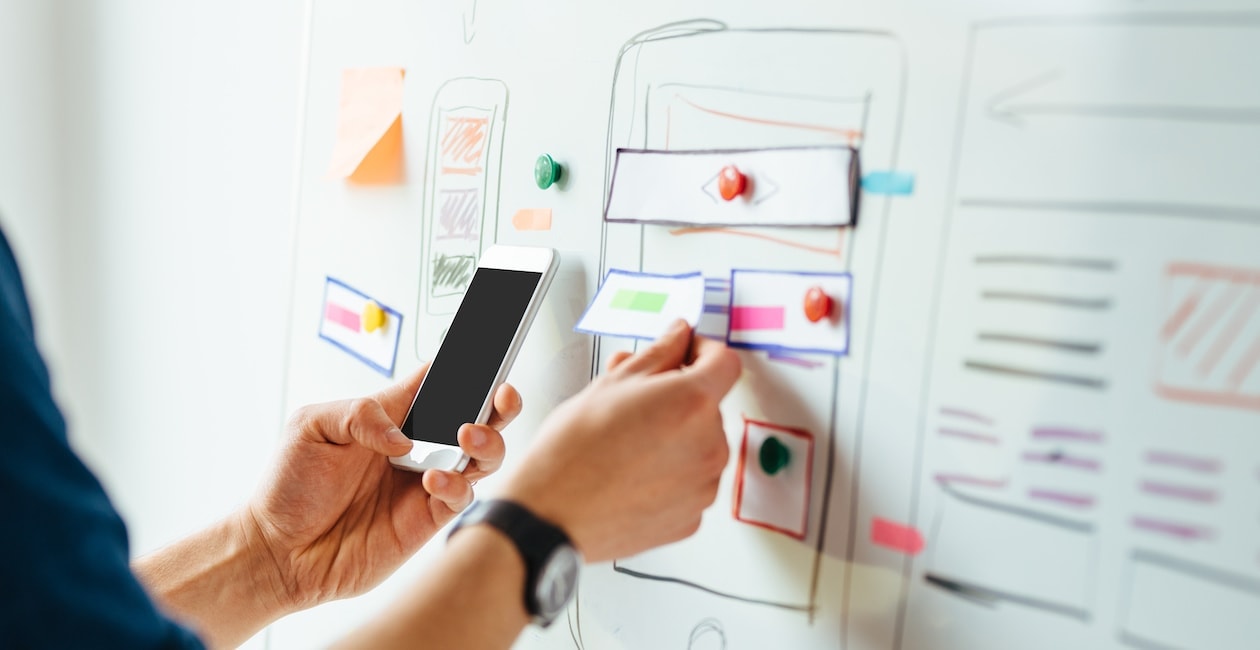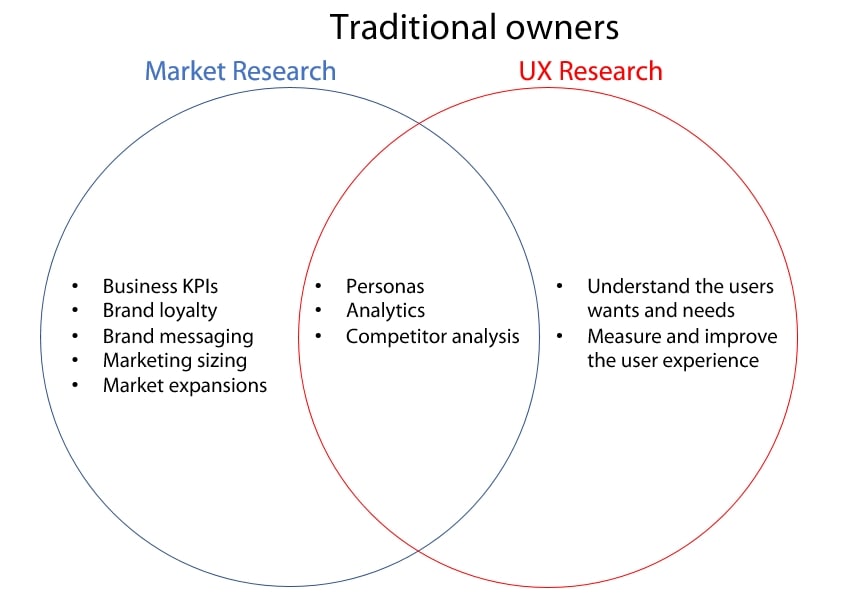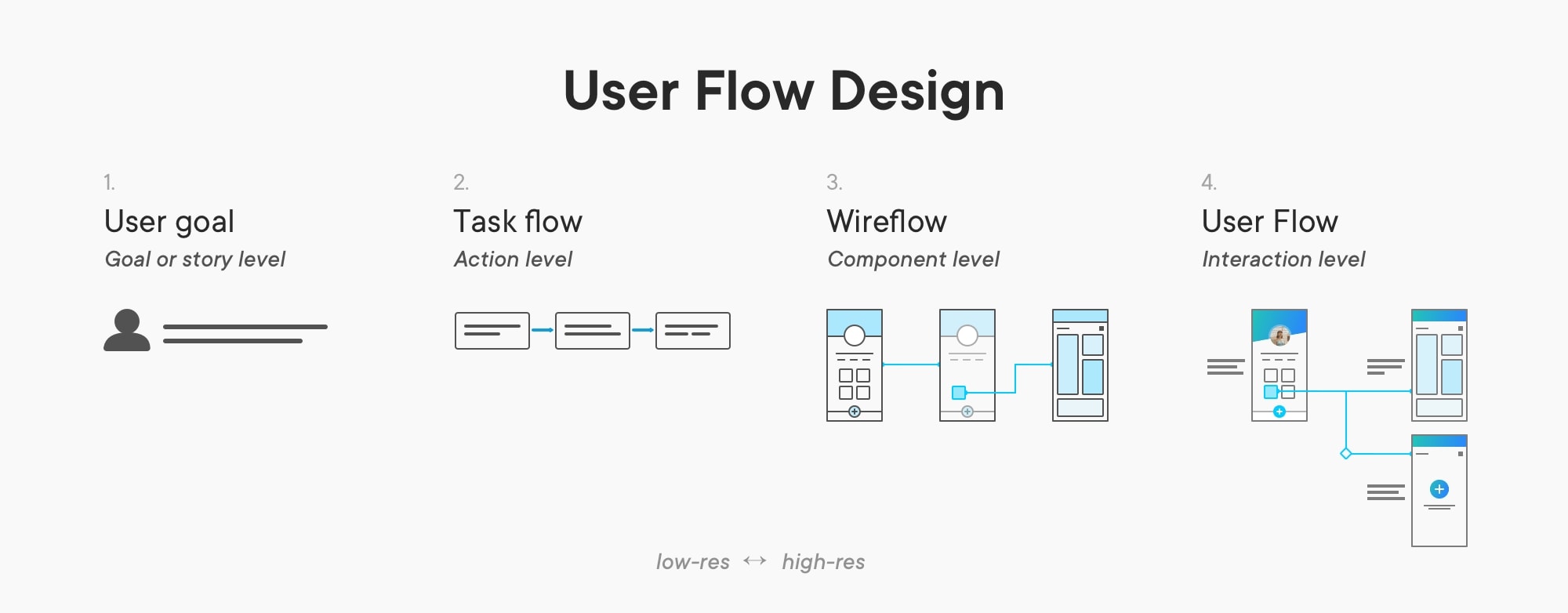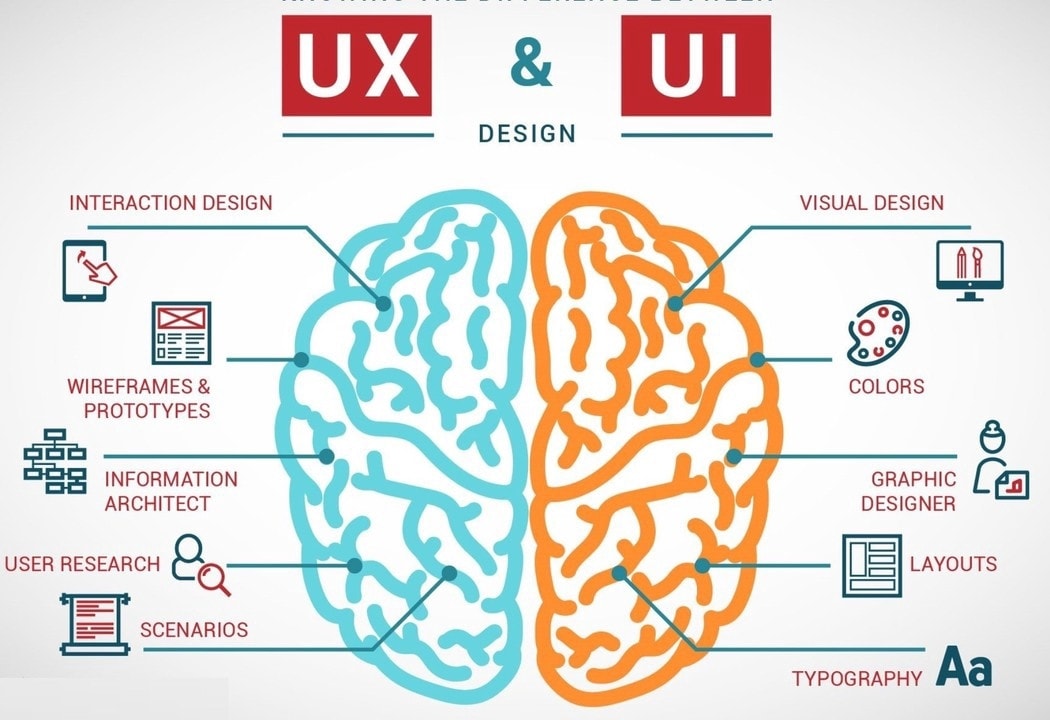Actually, What Do UX Designers Do?

What is a UX designer's role or job description? For that matter, who or what is a UX designer? If you're new to the field of web and app design but have started to become curious about it, these questions are bound to crop up in your mind. So, what is a UX designer and what exactly does a UX designer do as part of the software development life cycle or SDLC? What kind of money can you make as a UX designer? We'll try to answer those questions with current data from verified sources.
What is a UX Designer?
To understand what a UX design job means, it is important to first understand UX design itself. To put it simply, UX design or user experience design is responsible for the quality of all dynamic interactions between a particular technology and the users of that technology. The term "user experience" was actually coined by one of Apple's cognitive scientists back in the 1990s. It deals with several aspects such as industrial design, graphics, physical interaction, and the interface or the place where the user actually interacts with the said technology. For a website, the UI or user interface is the look and esthetic aspects of the site; UX, in that case, would be how the user interacts with the website and what sort of experience they have - is it hard, is it seamless - is it a delight or a disaster?
That gives us the answer to the question: "what is a UX designer?" Now that we have the context, we can understand what UX designers do. In essence, they are responsible for that user experience and everything that is associated with it. Their role, of course, varies based on the technology stack they work with and the industry they're in, so to simplify things, let's talk about UX design for web applications, mobile applications, and websites.
As for how much money a UX designer makes, here are some interesting statistics:
- A UX designer in the United States is paid an average of $85,000 a year
- For new UX designers, the average salary is about $80,000 a year
- At the senior UX designer level, the average is about $110,000 a year
- Some companies offer much higher salaries to UX designers
- Adobe offers up to $162,000 a year
- Google offers up to $173,000 a year
- Apple pays up to $183,000 a year
As you can see from the salaries, the market demand for good UX designers is very strong. According to a recent LinkedIn report, UX design is one of the top five skills in demand around the world. With UX now becoming a ranking factor on the Google search platform in 2021, this demand is expected to become even stronger. And the demand extends to every conceivable industry. Because of the global pandemic, every company that faces the end-user directly needs to transform itself digitally, the only way to do that successfully is if their 'touchpoints' with customers offer a superior experience compared to those of their competitors.
What Do UX Designers Do on a Daily Basis?
So, what does a UX designer actually do? To understand what UX designers do at work, we need to know how technology interacts with humans. This is the essence of UX. The best definition of 'what is UX designer role' we've heard is this: someone who makes products usable, enjoyable, and accessible for humans. It's that simple, but it's also that complex and intricate.
To appreciate the complexity of a UX designer's role, let's look at what their daily activities are like. These are the areas where UX designers primarily spend their time:
User & Product Research

A crucial prerequisite for UX design is a deep understanding of the user and the product itself. It may also involve researching the competition's product and see what lessons can be learned. In the case of a website or a mobile app, the research will be a combination of the client's requirements, a study of user reviews, various usability aspects of the website like its speed and responsiveness, and so on.
What a UX designer does at this point is also identify weaknesses in the current website or app, and other pain-points that customers have brought up in the past. In addition, she will need to look at where the opportunities lie - what is the competitor's offering, what are they missing, etc.
The gist of this phase is to figure out the project's scope, and this is done by taking into consideration the various tasks to be executed and set clear goals to achieve. In a sense, this is the real problem-solving phase of UX design.
Information Architecture and User Personas

The next phase involves clearly describing user personas and what they hope to accomplish on the website or app; in other words, the JTBD or job to be done. This part is very specific to different user types - heavy users, frequent visitors, occasional users, etc.
The more specific the description of each of these personas or JTBDs, the more accurately the UX designer can lay the content out on the site or app for the user's benefit. It helps them identify what elements need to be up-front and what can be pushed into lower menu levels, for example.
The benchmarks for this is how easily a person can find what they're looking for and how quickly they can navigate to it without any special effort.
User Flows & Wireframing

User flows and wireframes are actually a map of the user's journey as they interact with the product; which, in this example, is a website or mobile app. The user flow will define the path taken through the map, while the wireframe is the topography or layout of the website or app that they're navigating through. Each user flow, therefore, must begin with a single interaction and end with a specific desired result for that intent or action.
The wireframing part provides the visual layout of the different screens or pages that the user needs to navigate in order to accomplish a task. For that purpose, the 'path of least resistance' or 'principle of least effort' is a good principle to follow because it causes the least friction and offers the best user experience.
Visual Design (UI Design) and Prototyping

These two aspects of UX design go hand in hand. The visual design or the design of the user interface is as important to user experience as the nuts and bolts of how the information is laid out and how the user navigates through the 'map' you provide for them. Visual design involves using user-friendly iconography, pleasing fonts and color schemes, the readability of the text, the intuitiveness of the layout, the proportion of the various content blocks, etc.
Prototyping involves making these interactions dynamic so they can be tested before the product is actually developed. Since prototyping doesn't involve writing code, it's a faster and more affordable way to see what your end product will look like and, more importantly, whether it will behave in the manner it was designed to.
User Testing
The final phase of UX design is to test it out on live users, and is often known as user acceptance testing or UAT. It is similar to the UAT used in software testing and comes after the internal testing stage, which in the case of UX design is part of the prototype approval process. This is the stage when the prototype is put to the test with actual end-users of the product to see what further changes or modifications are required - both in terms of functionality and in terms of form - in other words, the design and the usability.
How Does a UX Designer Role Change Based on the Company She Works for?
A large part of the scope of what a UX designer role actually involves depends on the type of company she's working for. For instance, if the product is relatively simple, a one-woman UX design team is enough to handle all the requirements for that product. In fact, in smaller design companies, one UX designer might be responsible for the UX workflows of multiple projects. They might even be responsible for UI aspects and to guide the design team.
At the other end of the spectrum is enterprise-level companies, where UX designers are only assigned a small part of the overall process. The reason for this is that the scope may be far beyond the skill-set or capabilities of one person. For instance, each particular function of the website or app might be assigned to a specific senior UX designer with a whole UX team reporting directly to her. In some cases, it's a product-based allocation of tasks rather than a feature-based one.
To Summarize

So, now that we've answered several questions such as what is UX design, what is a UX designer, what does a UX designer do, how much does a UX design get paid, what is the job role of a UX designer, and so on, we hope you have the information you need to get started on your own journey as a UX designer. And when it comes to UI and UX design and prototyping, remember that Wondershare Mockitt always has your back. As a robust design and rapid prototyping tool hosted on the cloud, you can use it to learn the ins and outs of UI and UX design, play around with hundreds of UI components, quickly prototype any design, and learn to become a professional UX designer. All of this without having to learn how to code! Try it today and see the difference it can make to your skills as a potential UX designer for some of the most well-known companies in the world.

